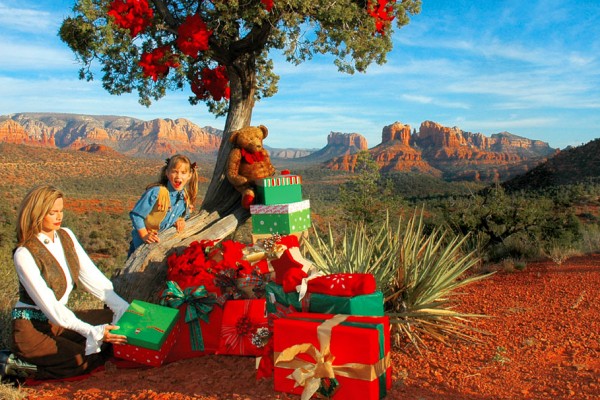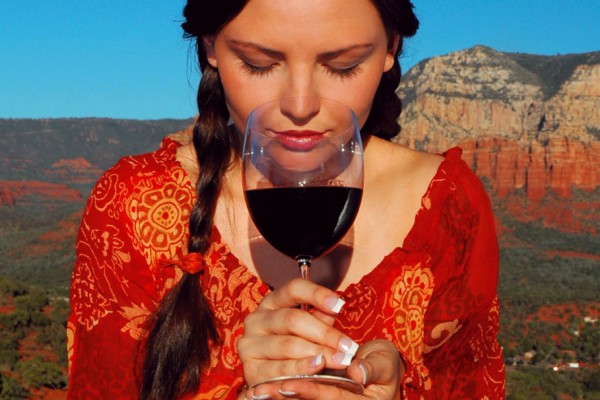Continued (page 4 of 9)
What makes the Sedona festival stand out? What’s the essential part of the Sedona experience?
Marion: There really isn’t one thing. How we treat filmmakers, and also the workshop. That’s unique, very valuable to filmmakers. I don’t know of any other festival that does anything like it on the level that we do, with the high quality of instruction.
Patrick: It’s an intensive two days. A lot of festivals may do mini-workshops, some panel discussions for half an afternoon, but ours is two full days, working with attendees in a one-on-one interaction.
Shelia: People who attend get an education in two days, that’s worth so much. The panelists, with all their experience, basically give away everything they know, there’s no holding back.
How much of that is due to the influence of Frank Warner?
Marion: Well, he has chosen, or given us the way to find, high-quality people who are really interested in the art itself. Not making money – of course, we do have to bring them in.
Connie: They’re speaking to an audience that’s extremely eager to learn from them and hearing what they have to say. You get someone like Elmer Bernstein, or the top animators from Pixar or Disney, or the special-effects people that worked on Gladiator – where else would you ever get four, or five, or six people of this caliber in one room to talk to an interested group of students and filmmakers and anyone else who might want to come by.
Shelia: And talk to each other, that’s one of the things they’ve said to us. Here’s their opportunity to make the rounds, and they don’t get to do that when they’re in their own studio working.
Marion: We had Walter Mirch here, he was just then working on redoing the Orson Welles film [Touch of Evil] and he showed what the film looked like originally, and how he was changing it according to Orson Welles’ notes, which they didn’t use. We had the guy who won the Academy Award for Titanic the week before he won. We’ve had some very big people participate here.
Sagan Lewis: What drew me in, because I had sworn off Hollywood and festivals – I used to work in Hollywood and I used to speak at a lot of festivals – when I came back to Sedona I wasn’t interested, I thought. But then I went to the film festival. And what I love about this festival as opposed to… well, I used to go to Sundance in the early ‘80s, and I was shooting big Hollywood things, and I would go to Sundance as an escape, from Hollywood, and it was so charming, and so accessible, and so wonderful. And then it disappeared because it became so Hollywood-ized. And when I came to Sedona, and I went to the film festival and I saw they were really looking for new voices. Filmmakers with fresh voices. And the other thing that drew me in was the accessibility of these people, of Patrick and Sheila and Debbie, they are the most accessible staff. I’ve heard them talking on the phone to individual to hundreds of filmmakers and making sure they feel good about their submissions. And it takes so much time, but the office stays open and people walk in, and come in and say Hi. The fact that they’re eopen, and treat everyone with respect, that I just wanted to be part of this great group that cares about that voice and the filmmaker.
Connie: But any of the functions that filmmakers tell us over and over, “This has been such a wonderful experience, I can’t believe how well we’ve been treated, I just love it here, may I come back next year?” [Laughs] And almost to a person and that’s fairly unique. The thing that struck me, especially coming from New York, where you have films of every type, and you come here and you’re a great film lover and the great films aren’t out there all the time. There are a few; the films that get the wide commercial releases are very seldom a 10 or a 9 or even an 8. There are a lot of shoot-‘em-up/blow-‘em-ups and silly dumb movies out there. People really want to see good films. One thing that Sedona did early on was to recognize great documentaries. Before a lot of other festivals would even show them.



